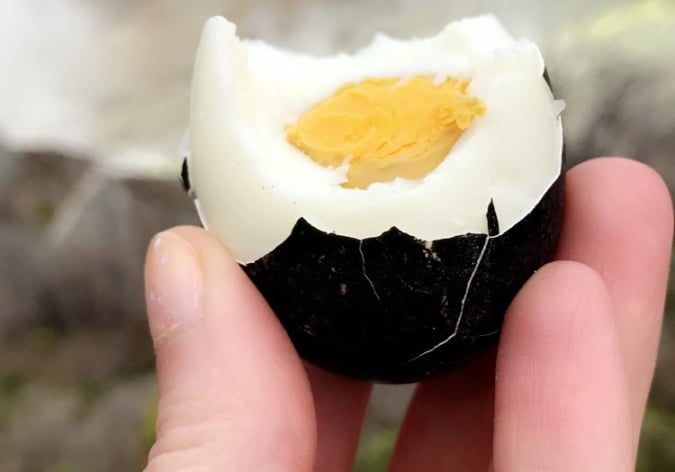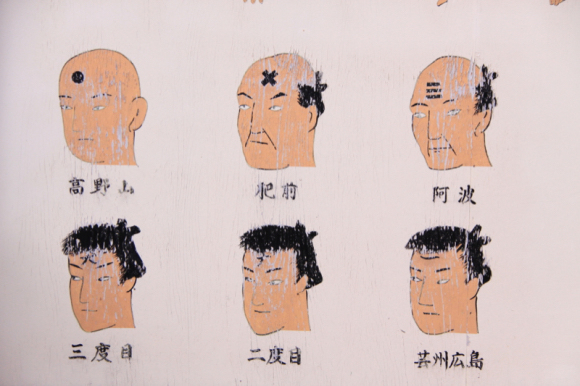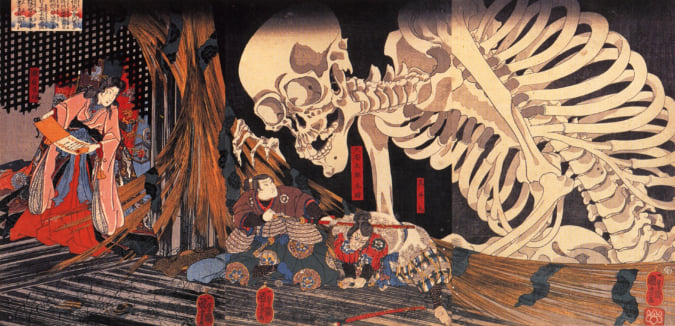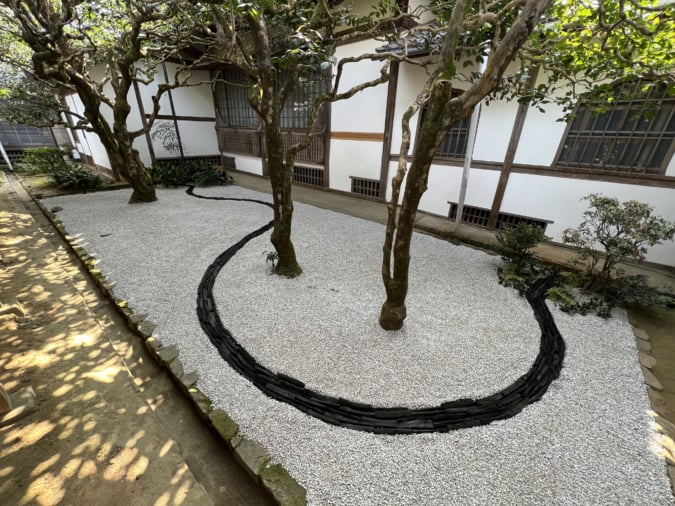‘Ravens and Red Lipstick’ Tells the Story of Japanese Photography
The book, put together by a British art curator, deconstructs the stereotypes that Western criticism tends to apply to Japanese art.

Sato Akira – cover image - Takashima Mieko (Cold Sunset), 1960 Pg.64 Courtesy Satō Ema and Michael Hoppen Gallery, London. © Satō Ema
Ravens & Red Lipstick, released in October 2018 by Lena Fritsch, a British art curator, offers a rare look at Japanese photography from 1945 onwards. In this 288-page book, the author deconstructs the stereotypes and other interpretative frameworks that Western criticism and research tend to apply to Japanese art.
This exhaustive introduction to contemporary Japanese photography comes from an expert eye. Lena Fritsch, who works at the Ashmolean Museum of the University of Oxford, specialised in the study of art and Japanese photography of the 20th and 21st century.
Testimonies from artists
In each chapter, the photos featured are accompanied by an interview with an artist and various explanations, notably concerning the socioeconomic context of the shot.
Taking a chronological approach, the author studies the key periods of recent history one by one, from post-war realism to the more introspective and ‘pop’ photography of the last two decades. One example of the latter is the photo of lipstick by Ishiuchi Miyako, entitled Mother’s #38, from 2002, which inspired the title of the book, and also the work of Mika Ninagawa.
Ravens & Red Lipstick (2018), a book by Lena Fritsch, is published by Thames & Hudson.
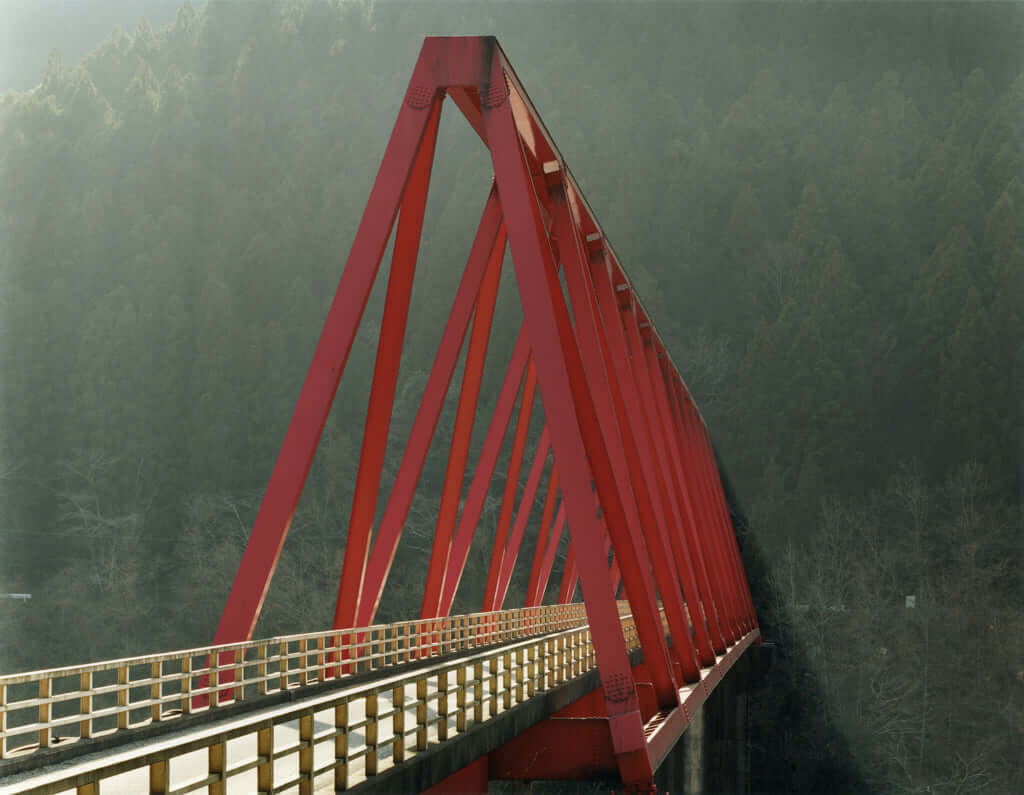
Shibata Toshio, Okawa Village, Tosa County,2007 Pg.183 Courtesy the artist and Zeit-Foto Salon, Tokyo. © Toshio Shibata
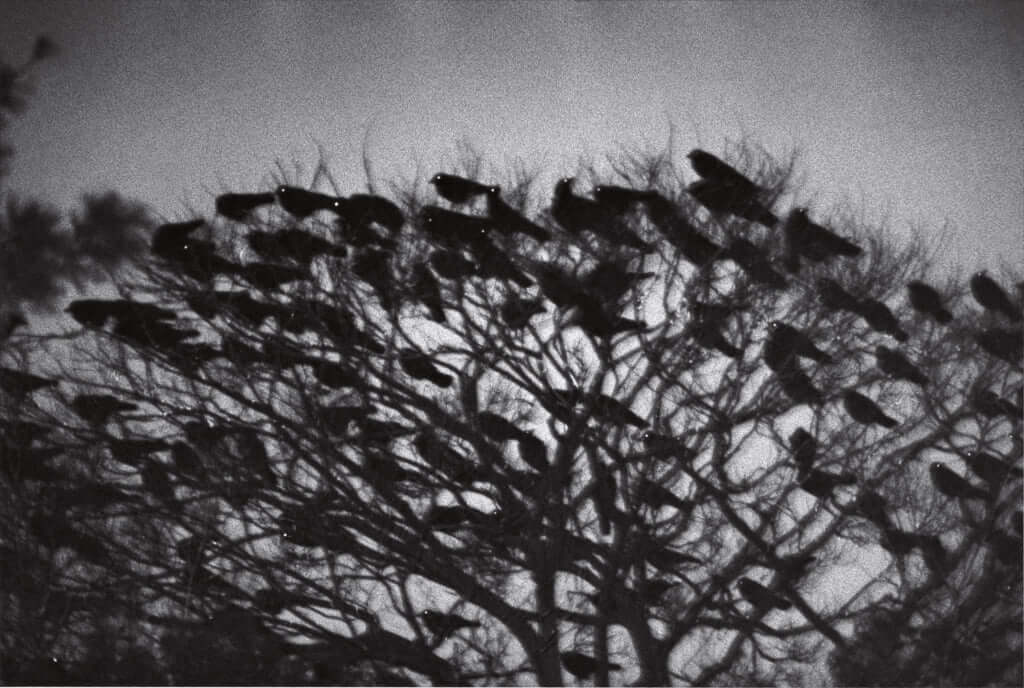
Fukase - Kanazawa – 1977, from the Ravens series, Pg.118 Courtesy Masahisa Fukase Archives. © Masahisa Fukase Archives
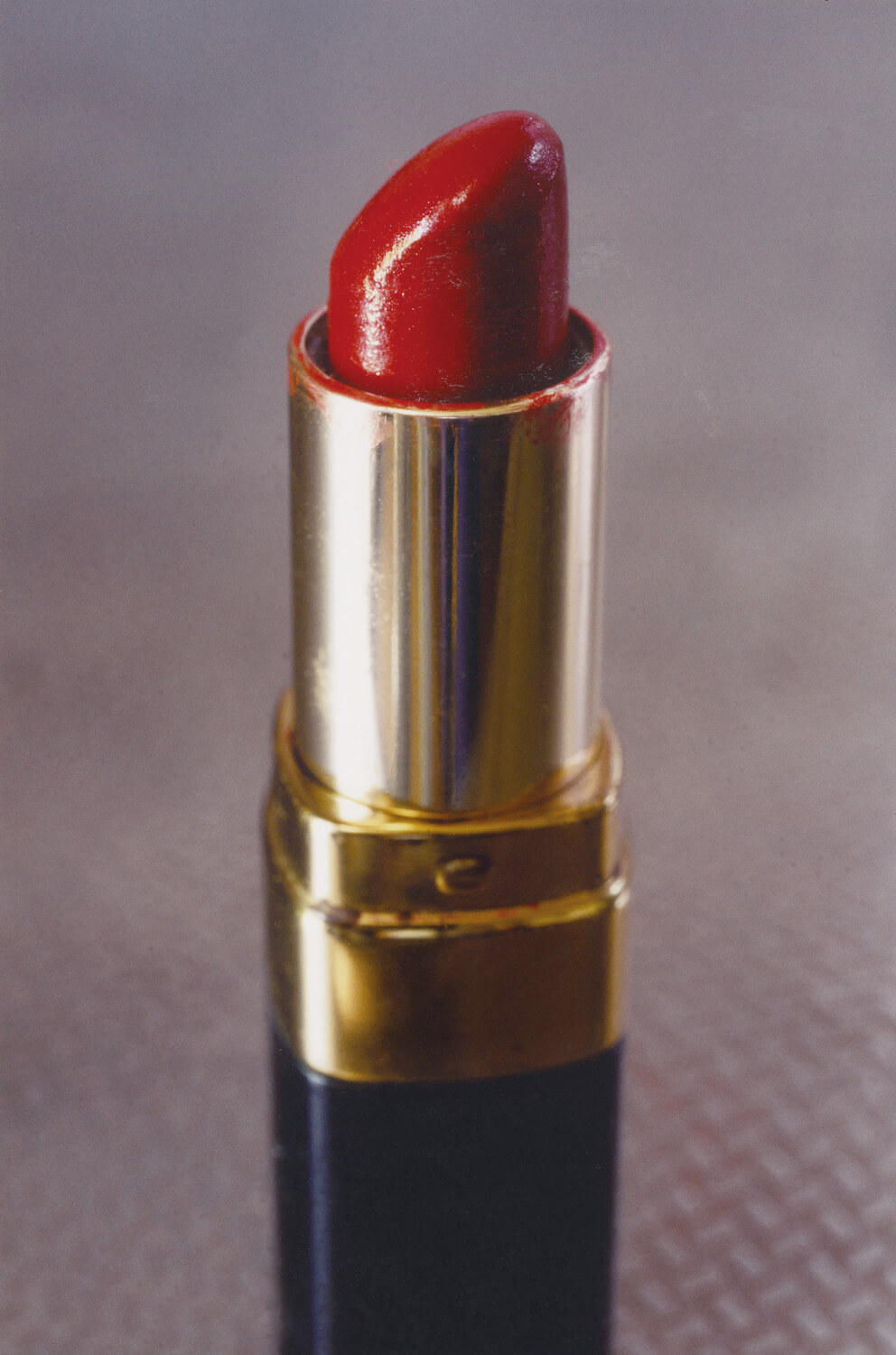
Ishiuchi Miyako, Mother's #38, 2002 Pg.261 Courtesy the artist and Third Gallery Aya, Osaka. © Ishiuchi Miyako
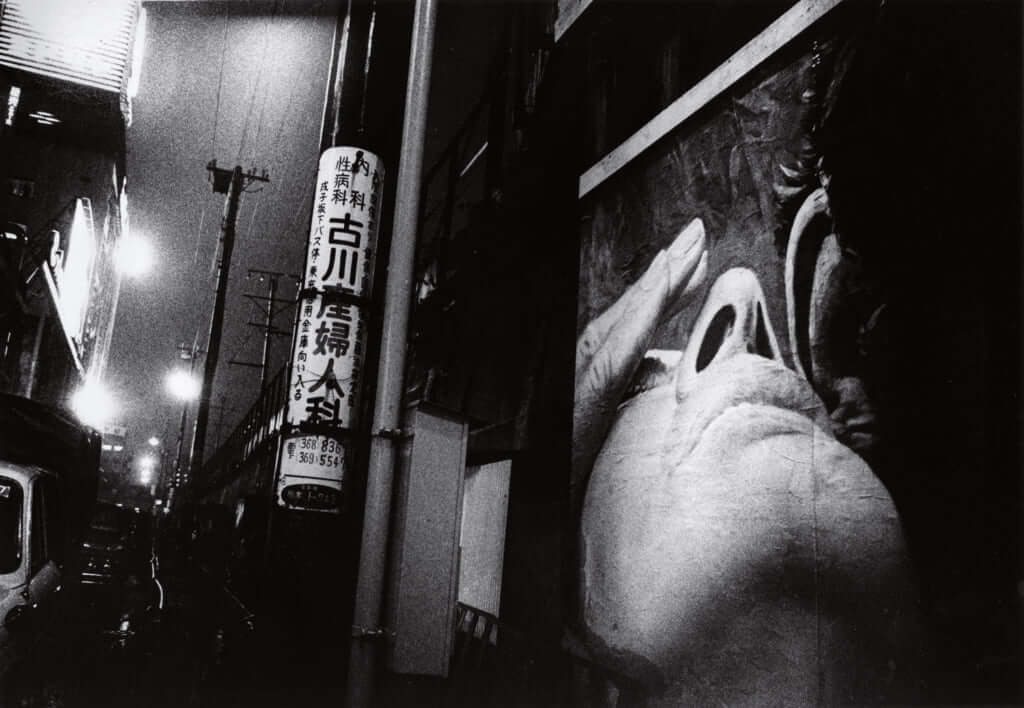
Moriyama Daido –Hunter series, 1972 Pg.82 Courtesy Moriyama Daidō Photo Foundation. © Moriyama Daidō Photo Foundation
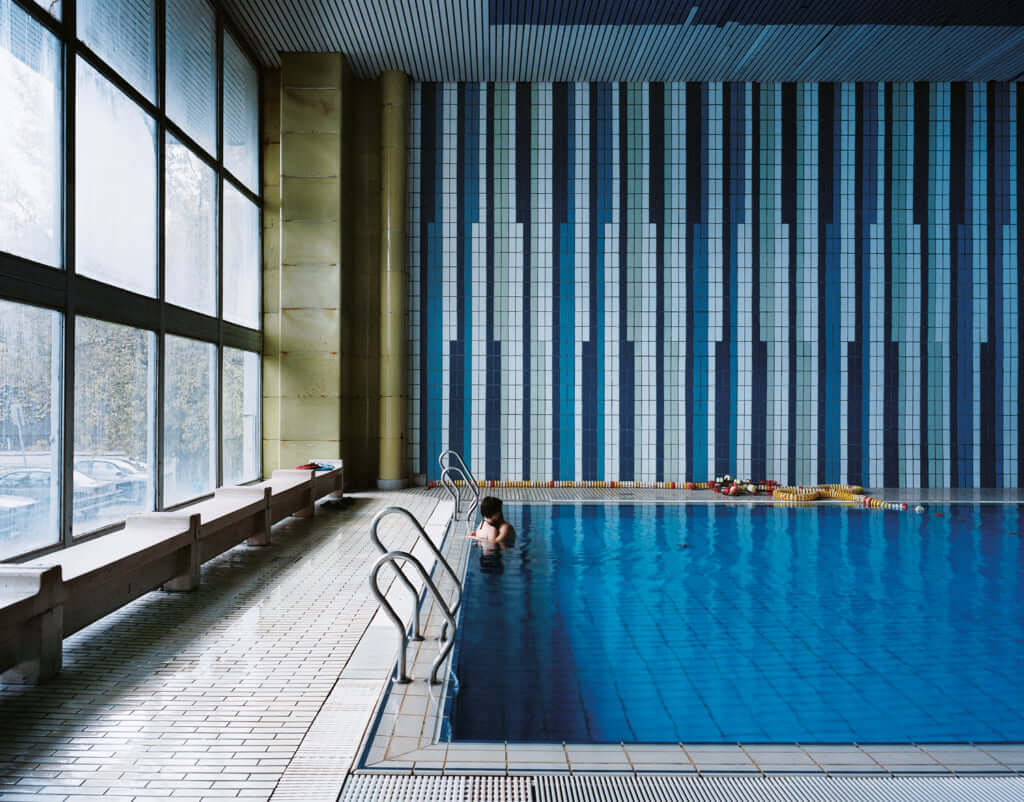
Yoneda Tomoko - Lovers, Dunaújváros (formerly Stalin City) Hungary (2004) from After the Thaw series, Pg. 195 Courtesy the artist. © Yoneda Tomoko
TRENDING
-
The Tradition of the Black Eggs of Mount Hakone
In the volcanic valley of Owakudani, curious looking black eggs with beneficial properties are cooked in the sulphurous waters.

-
The Tattoos that Marked the Criminals of the Edo Period
Traditional tattoos were strong signifiers; murderers had head tattoos, while theft might result in an arm tattoo.

-
Gashadokuro, the Legend of the Starving Skeleton
This mythical creature, with a thirst for blood and revenge, has been a fearsome presence in Japanese popular culture for centuries.

-
A Rare Japanese Garden Hidden Within Honen-in Temple in Kyoto
Visible only twice a year, ‘Empty River’, designed by landscape architect Marc Peter Keane, evokes the carbon cycle.

-
‘YUGEN’ at Art Fair Tokyo: Illumination through Obscurity
In this exhibition curated by Tara Londi, eight international artists gave their rendition of the fundamental Japanese aesthetic concept.

